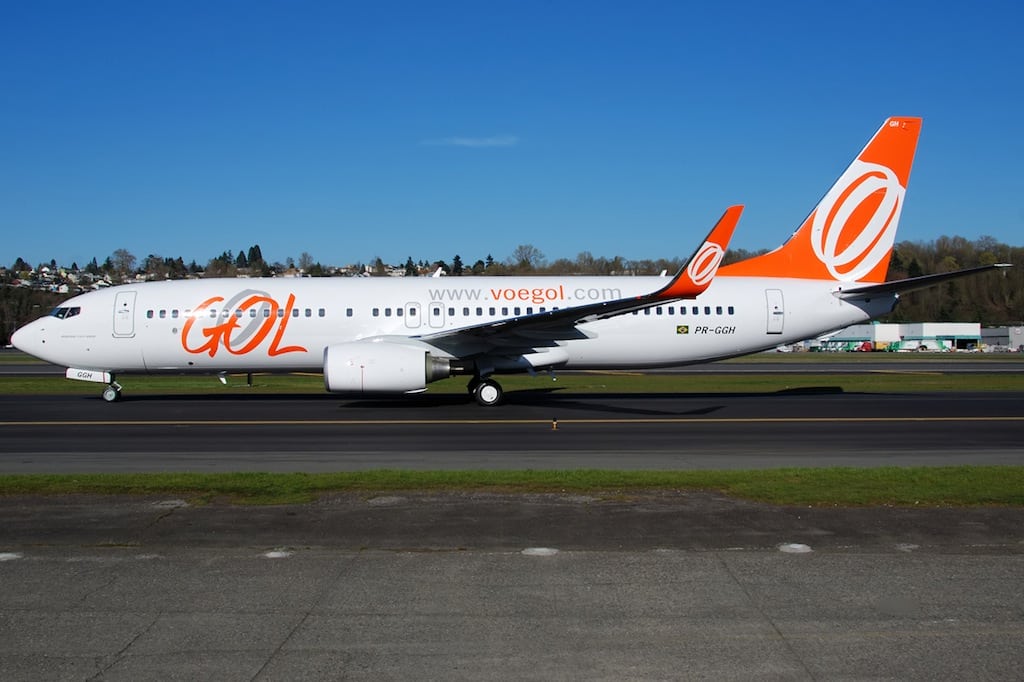Gol airline's CEO tries to rebound from losses by cutting 4,000 jobs

Skift Take
Gol's timing has been wrong on everything for the past few years. Will it's current moves break this chain of errors?
Gol Linhas Aereas Inteligentes SA’s borrowing costs are plunging by the most in emerging markets after its decision to eliminate 4,000 jobs helped Brazil’s largest airline rebound from unprecedented losses.
Yields on Gol’s $221 million of bonds due 2017 plunged 4.45 percentage points to 8.70 percent in the past month as the carrier had its first quarterly operating profit in a year, according to data compiled by Bloomberg. The decline in yields, which doubled in a month to a high of 14.72 percent in April, is the biggest among 1,422 securities tracked by Bank of America Corp.’s Emerging Markets Corporate Plus Index over that span.
Gol is regaining investors’ confidence after new Chief Executive Officer Paulo Kakinoff helped cut its workforce by 20 percent in the past year and reduce domestic flights to stem operating losses that swelled to a record 906 million reais ($443 million) in 2012 amid a slowdown in Latin America’s biggest economy. Gol trimmed operating expenses as a percentage of sales to 97.3 percent last quarter, from 111 percent last year, which was the worst of any airline in the world, data compiled by Bloomberg show.
“Everything seems to be pointing in the right direction,” Revisson Bonfim, an analyst at Espirito Santo Investment Bank in New York, said in a telephone interview. “The fact the country is growing so little makes it real difficult to turn
